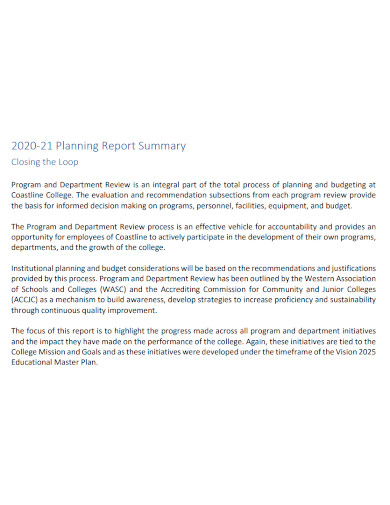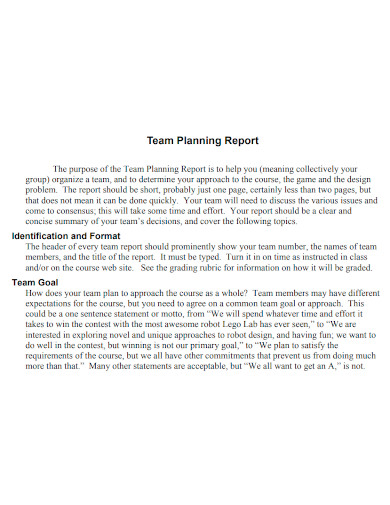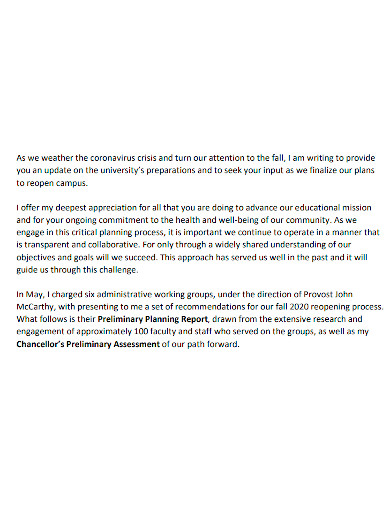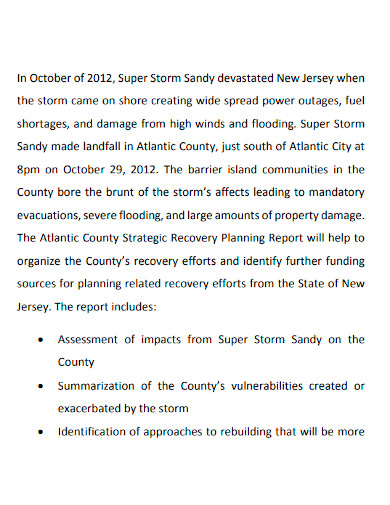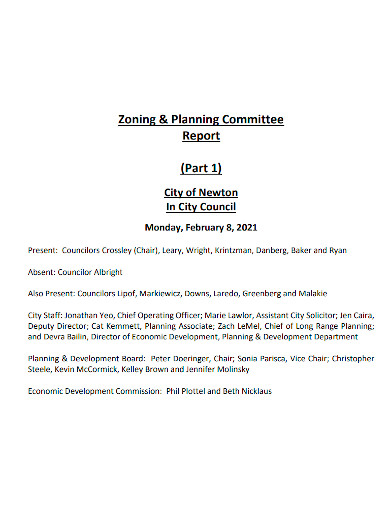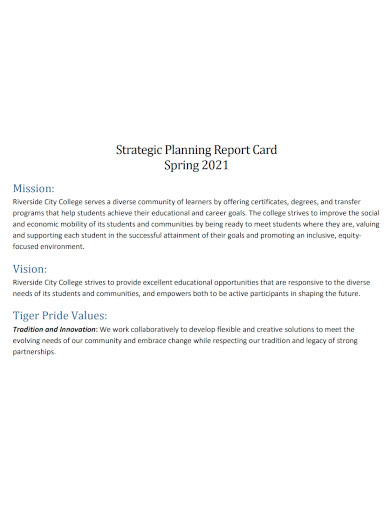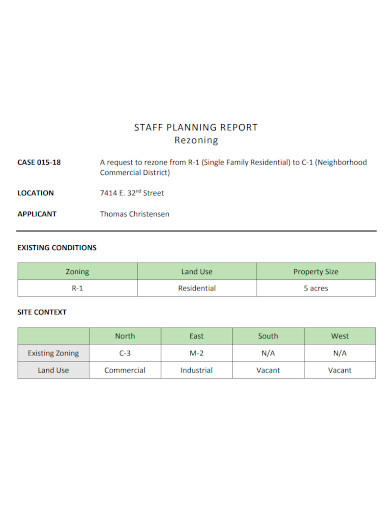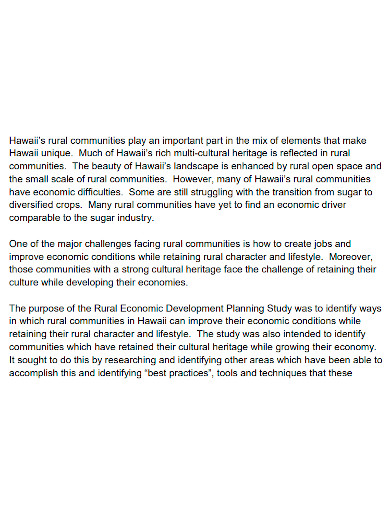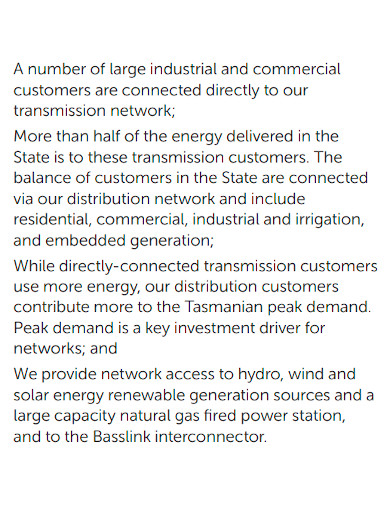Planning is one of the important aspects of business management and project quality control as it includes the process of the development of strategic planning that enables the creation of competitive advantages supported by business goals, action plans, timelines, and tasks. It is also a phase in which setting objectives and determining the appropriate path to take are identified. With a planning report, organizations can describe which tasks to take, what method to use, and when it should be completed.
10+ Planning Report Samples
1. Planning Report Sample
2. Planning Report Summary
3. Team Planning Report
4. Preliminary Planning Report
5. Strategic Recovery Planning Report
6. Planning Committee Report
7. Strategic Planning Report Card
8. Planning Final Report
9. Staff Planning Report
10. Economic Development Planning Report
11. Annual Planning Report
What is a Planning Report?
As a part of an organization’s project development, a planning report is a document that contains the definition of how an organization will accomplish its goals. It serves as a company roadmap for enhancement that also includes operational points of view from all important aspects of the company such as the marketing department, financial management, human resources, and more. Business plans are formal documents that describe their roles and responsibilities, what are the goals they have to achieve, and the process they have to take to accomplish those goals.
How to Write a Planning Report?
Information is a key element in project management and control. By communicating essential details about a project, companies can effectively acquire and share information with important parties involved in the project. Planning reports can show what’s planned so far, allows an individual to assist a planner in schedule management, present project status and progress, and improve forecasting. With a well-structured business plan, companies can be guided in every stage of managing and handling their daily operations while acting as a roadmap on how to establish, operate, and develop their new businesses.
Step 1: Include an Executive Summary and Company Description
Include a brief executive summary that states what your company is about and the reason for its success. You can add your mission statement, products and services, and other basic information about the company’s leadership team, location, and employees. Utilize your company description to deliver detailed descriptions about your companies and a list of your consumers, business, and organizations that the company intends to serve.
Step 2: Conduct a Market Analysis
Conduct a market analysis to determine the current trends and themes in the industry you are serving. With this method, you will be able to better understand the outlook of your industry and who is your target market.
Step 3: Determine the Marketing and Sales Strategies to Use
After determining what goods or services you will be offering to your customers, describe the marketing strategies you will be using to attract and retain your market. You can refer to this section when you create your financial projections, so thoroughly describing a completed marketing and sales strategies are essential.
Step 4: Provide Financial Projections
One of your aims is to persuade your reader that your company is stable and will be successful. For established businesses, you can include income statements, cash flow statements, and balance sheets for the last three to five years, then provide a point of view for your financial outlook for the upcoming years by presenting forecasted income statements, cash flow statements, balance sheets, and capital expenditure budgets.
FAQs
What are the characteristics of planning?
The characteristics of planning include managerial function, goal-oriented, pervasive, continuous process, intellectual process, futuristic, and decision-making.
What are the benefits of planning?
Planning enables project managers to improve future employee performance by establishing objectives and action plans. It also minimizes risk and unreliability, facilitates the integration of tasks, provides direction, identifies future risks and opportunities, and establishes standards for performance and quality control.
What are the other components of planning?
Planning includes analysis of opportunities, setting objectives, developing premises, identifying alternatives, evaluating alternatives, selecting an alternative, implementing an action plan, and reviewing.
A planning report is a formal document that organizations, businesses, and companies use to record their business goals, the methods they will use to achieve them, and the timeline they plan to follow. Planning is an essential part of business and project management as it acts as a roadmap to establish, operate, and develop businesses. It defines clear and easy-to-understand descriptions of the business plan a company intends to execute.
Related Posts
FREE 20+ Useful Sample Project Plan Templates
FREE 15+ Site Investigation Report Samples
FREE 11+ Consultant Status Report Samples
FREE 10+ Facilities Management Report Samples
FREE 10+ Hotel SWOT Analysis Sample Templates
FREE 10+ Milestone Report Samples
FREE 7+ Sample Strategic Analysis Reports
FREE 7+ Sample News Report Templates
FREE 7+ Sample Business Risk Assessments
FREE 7+ Sample Sales Strategy Templates
FREE 11+ Sample HR Resource Templates
FREE 10+ Sample Executive Summary Templates
FREE 10+ Business Research Report Samples
FREE 10+ Workload Analysis Samples
FREE 10+ Traffic Management Plan Samples


